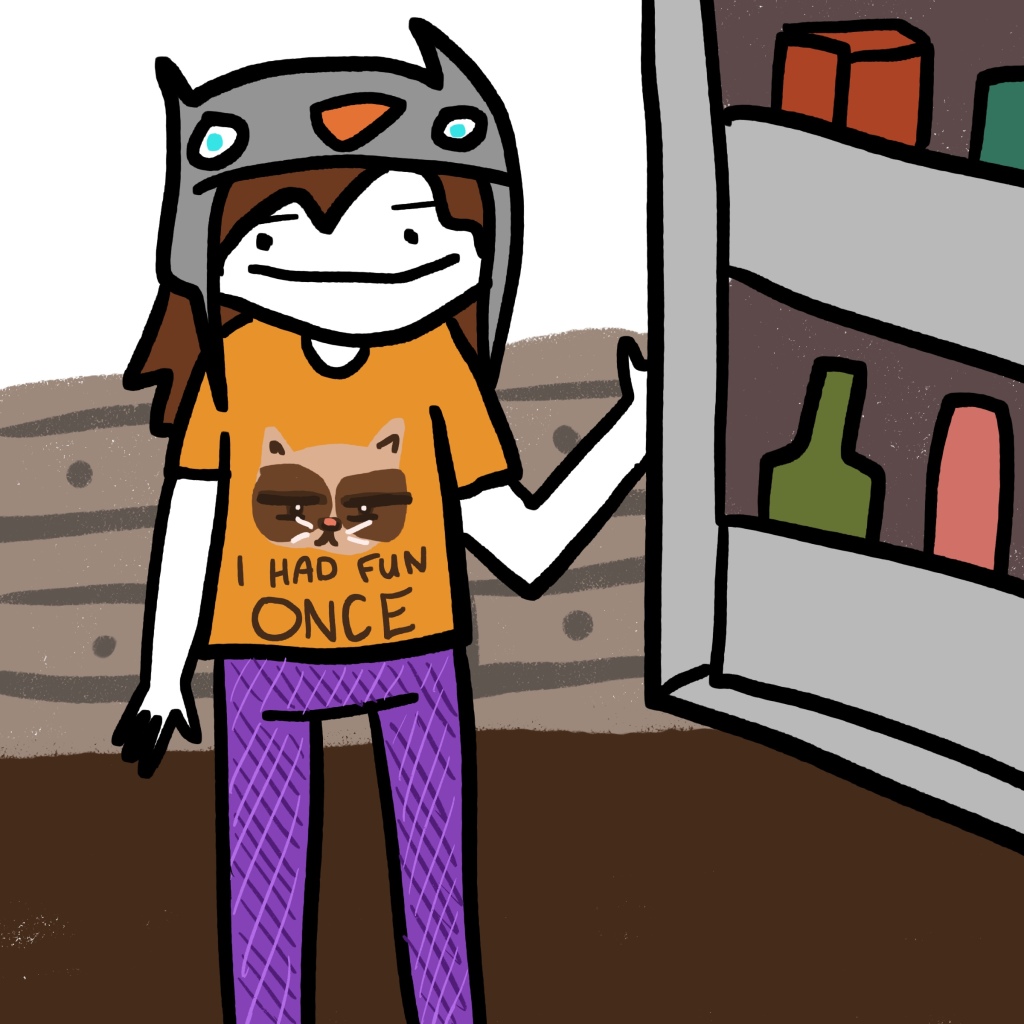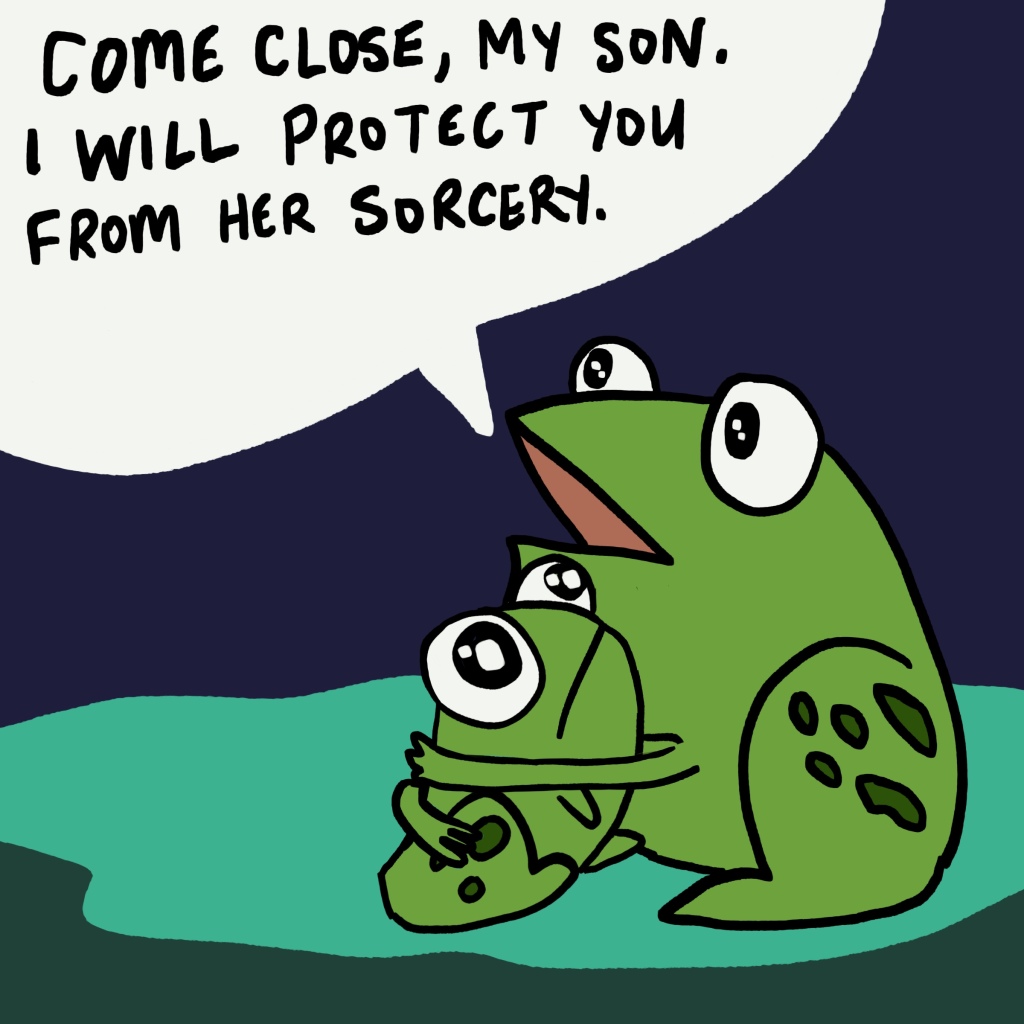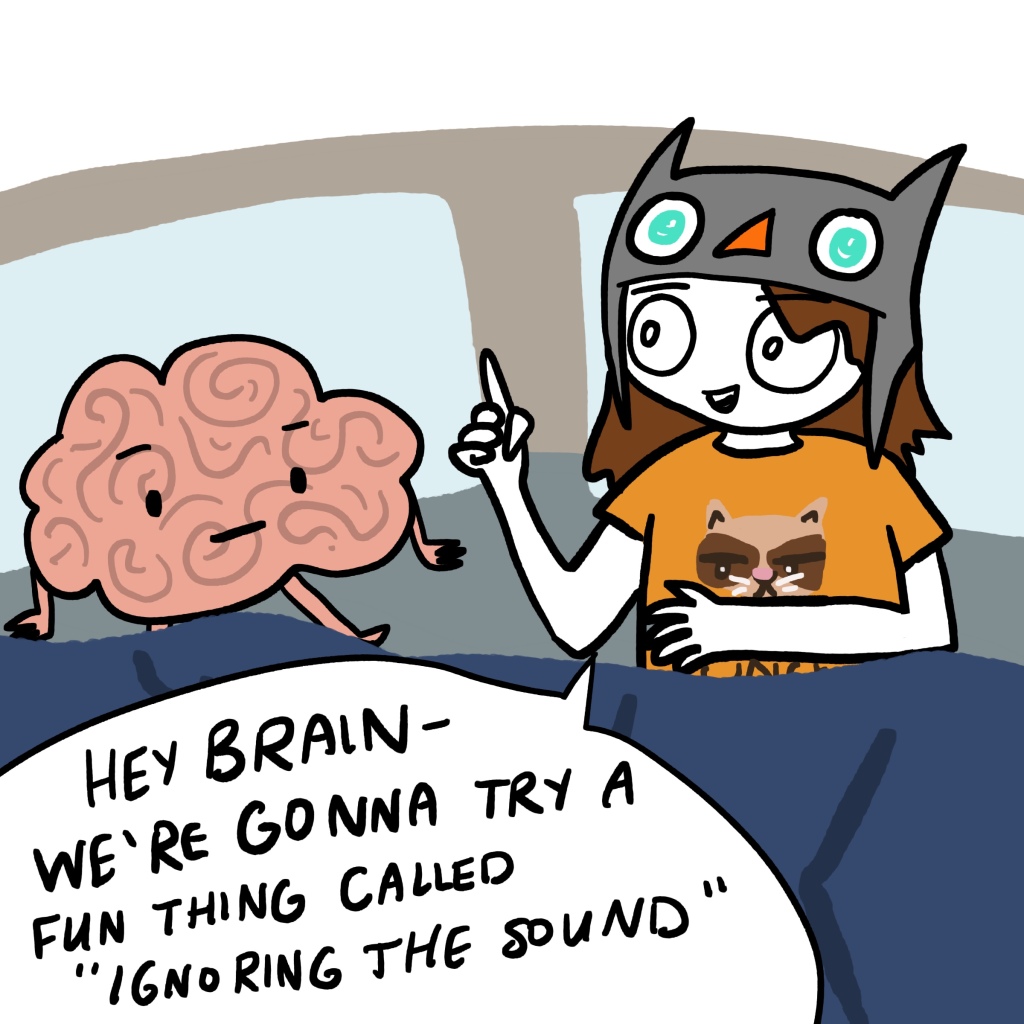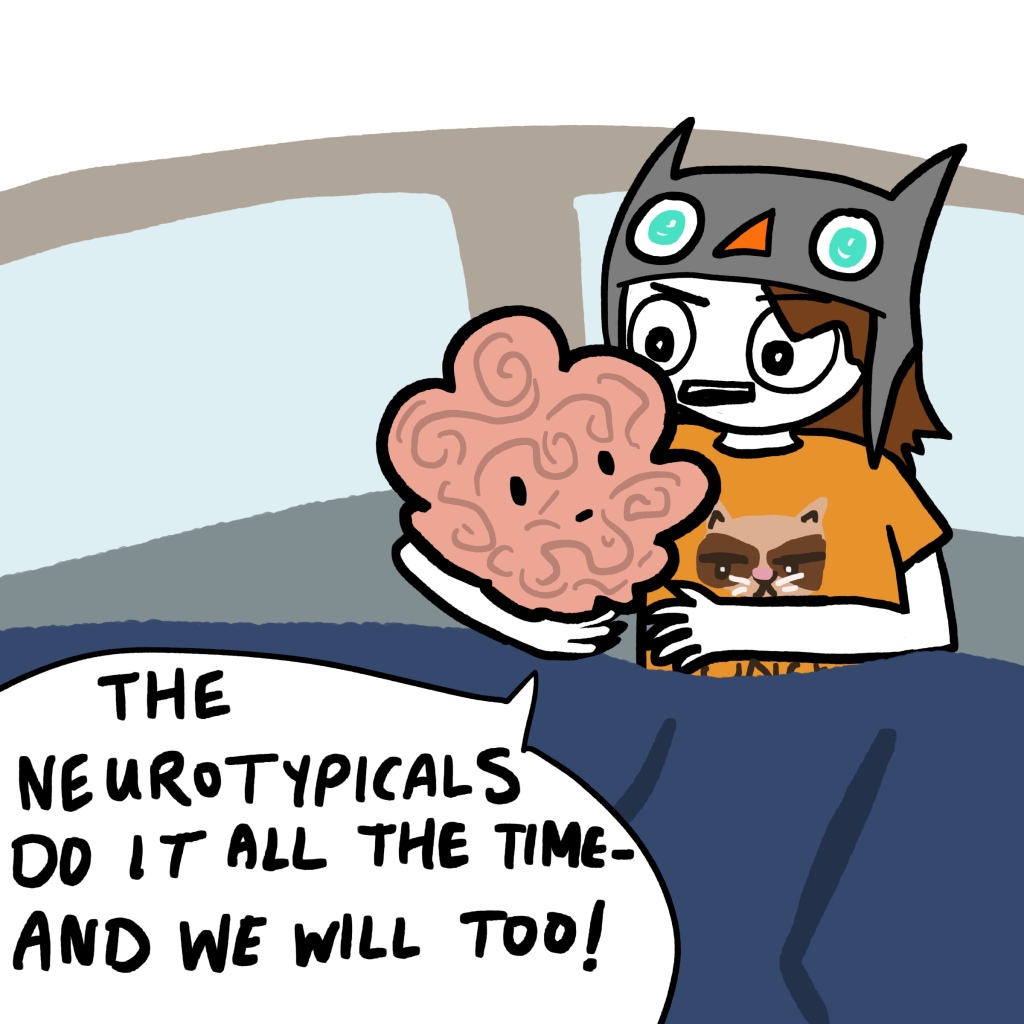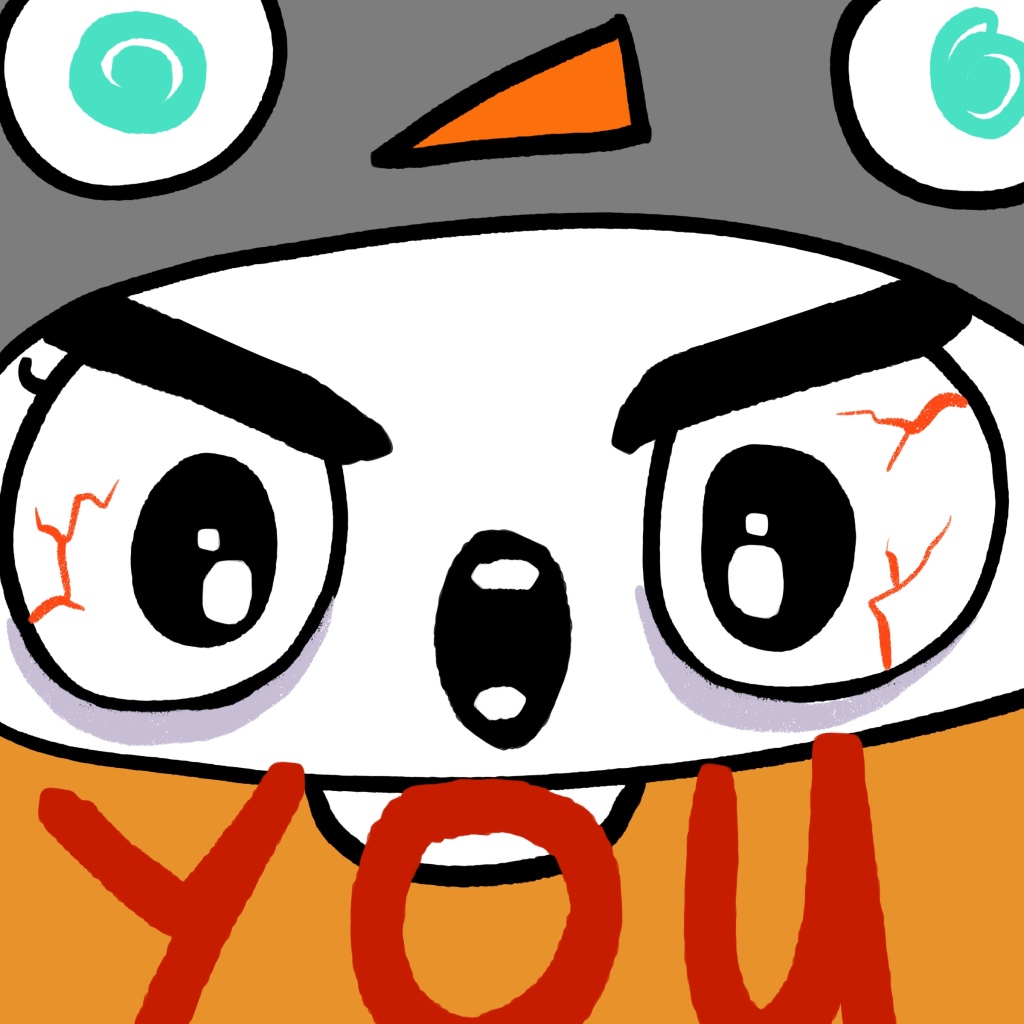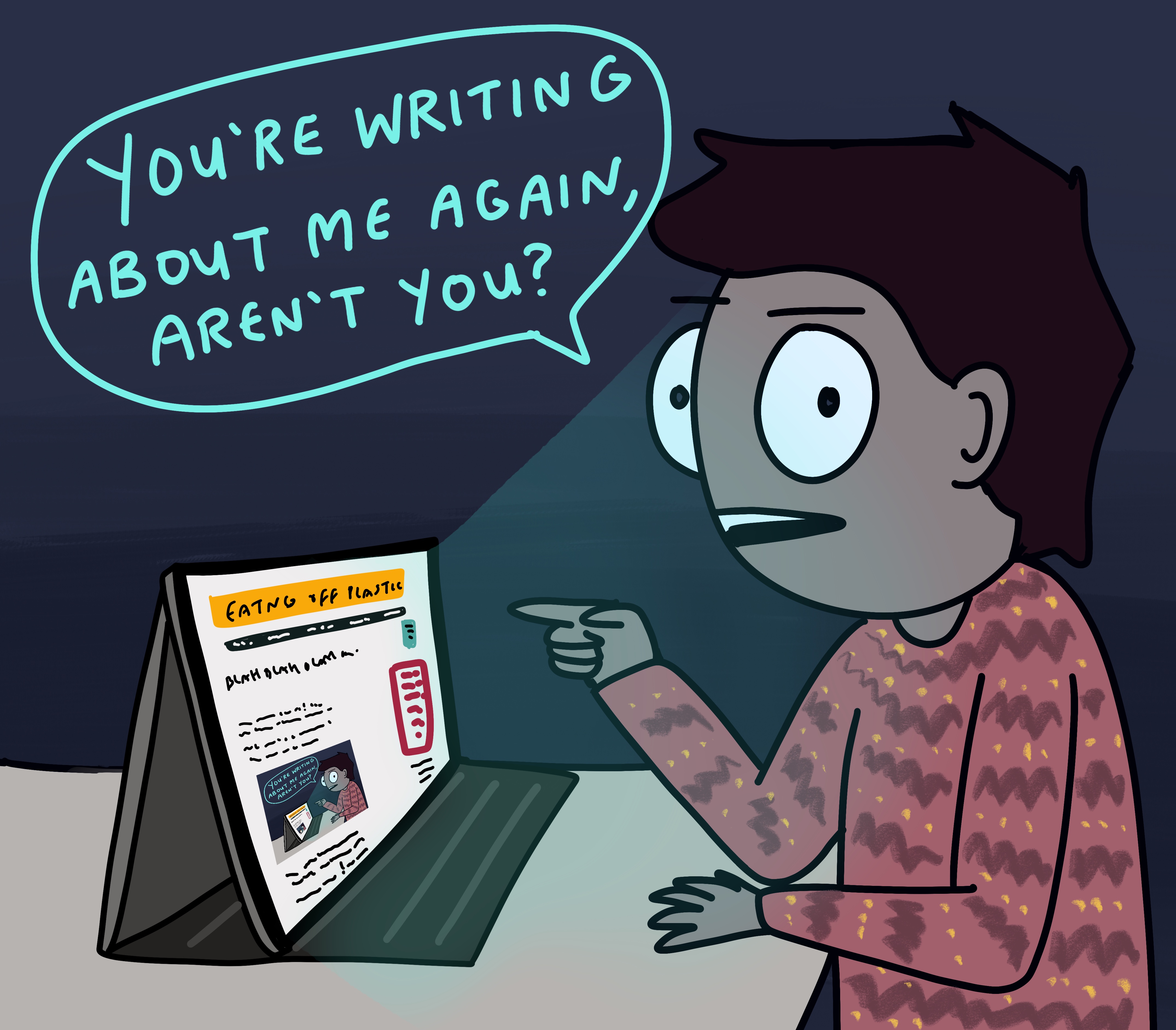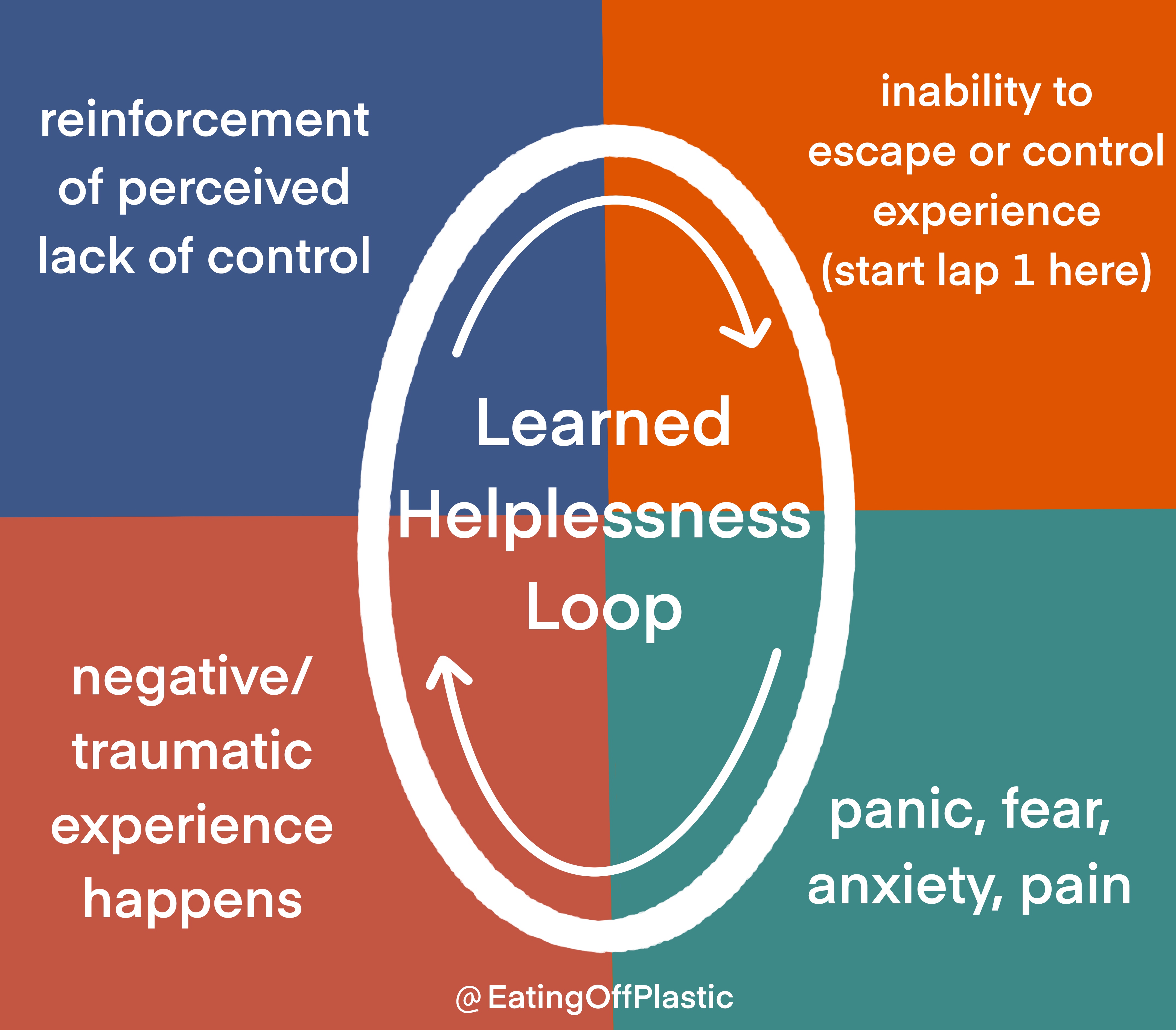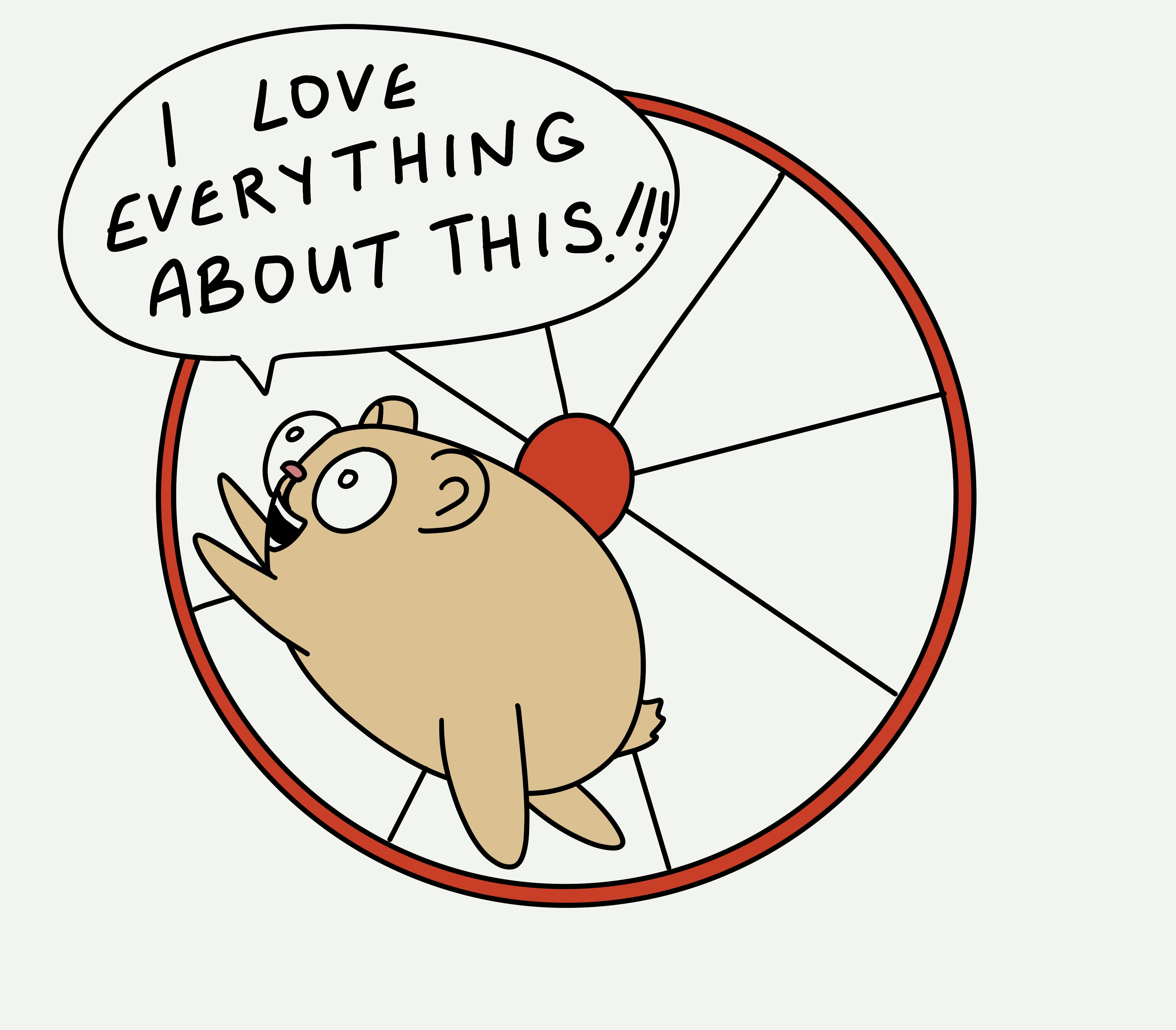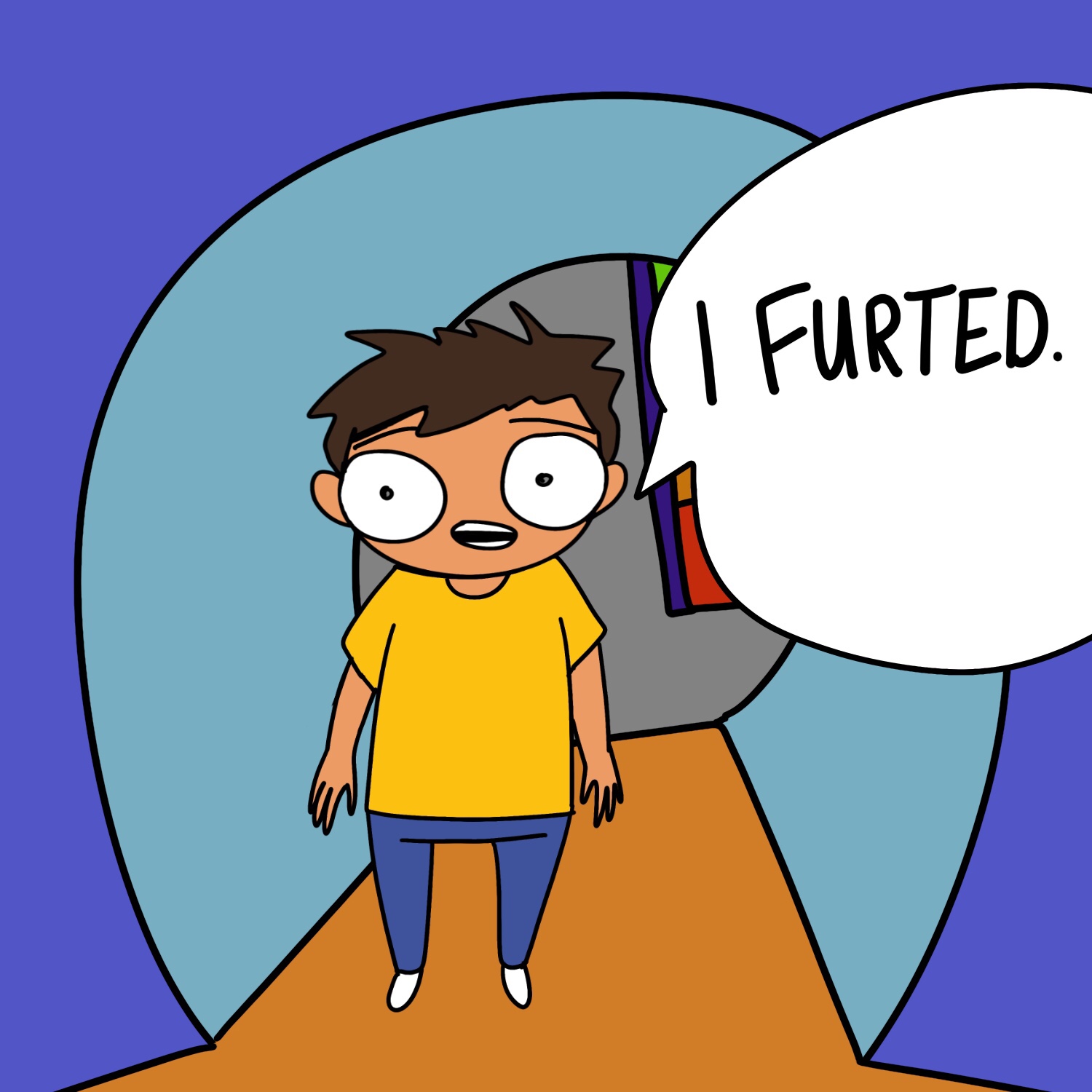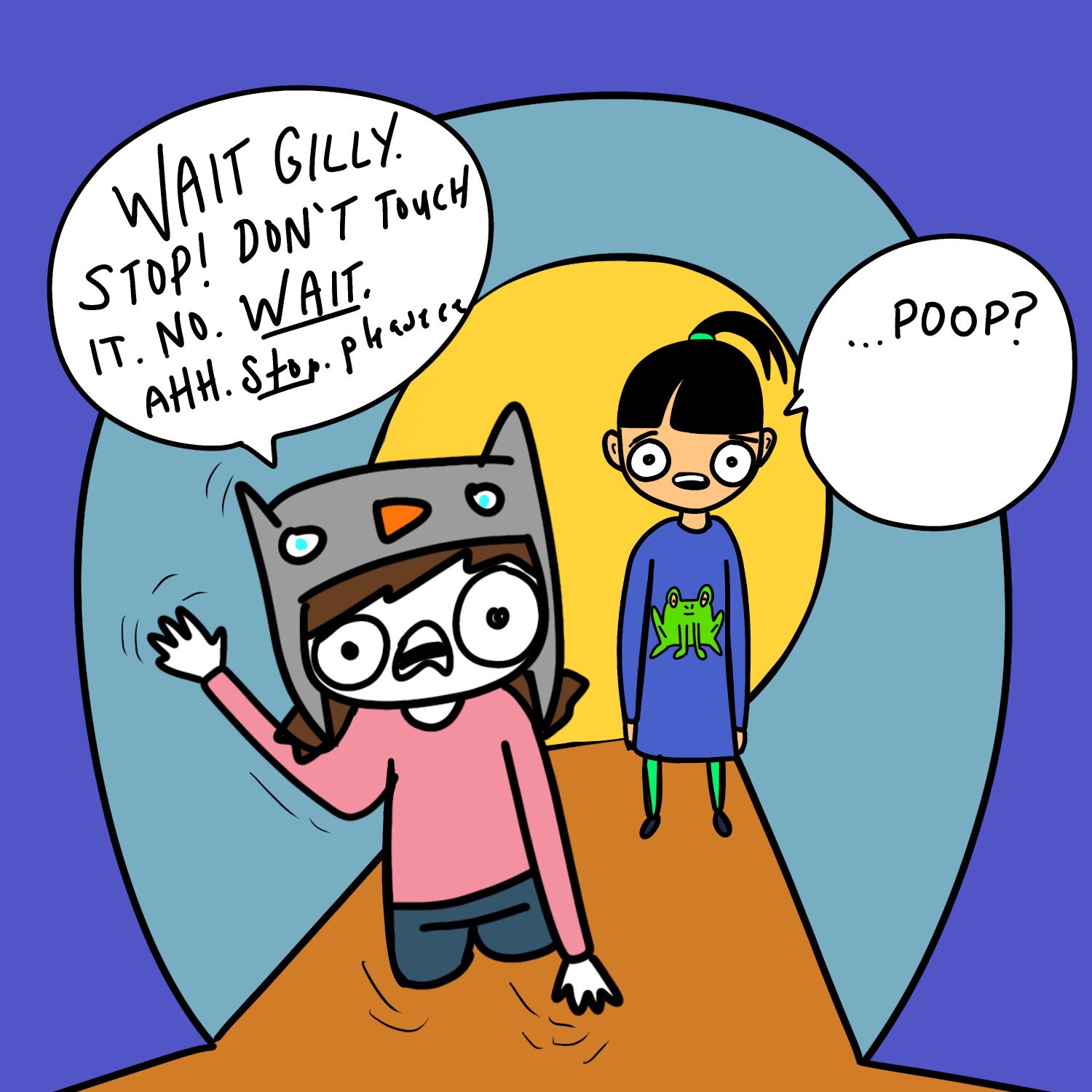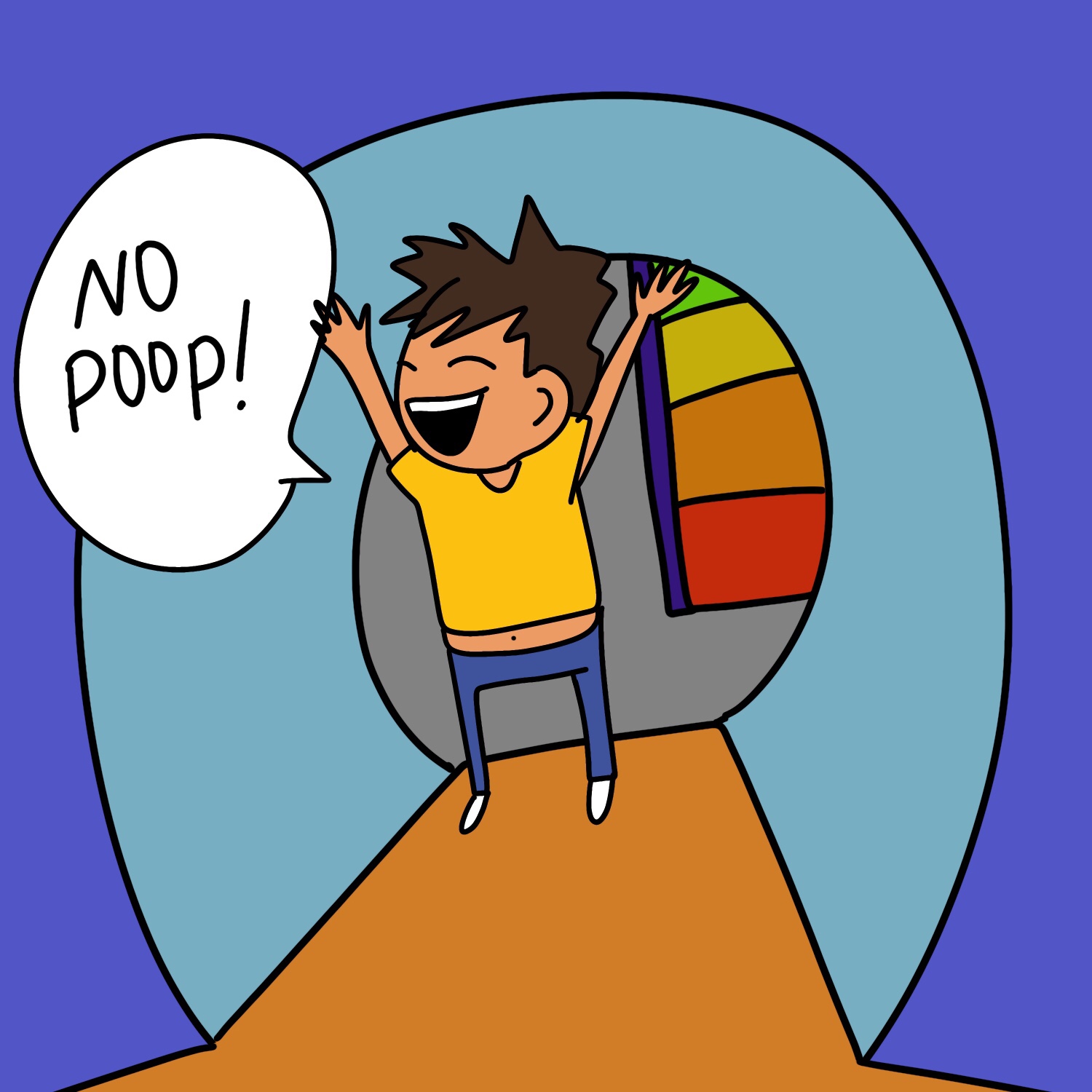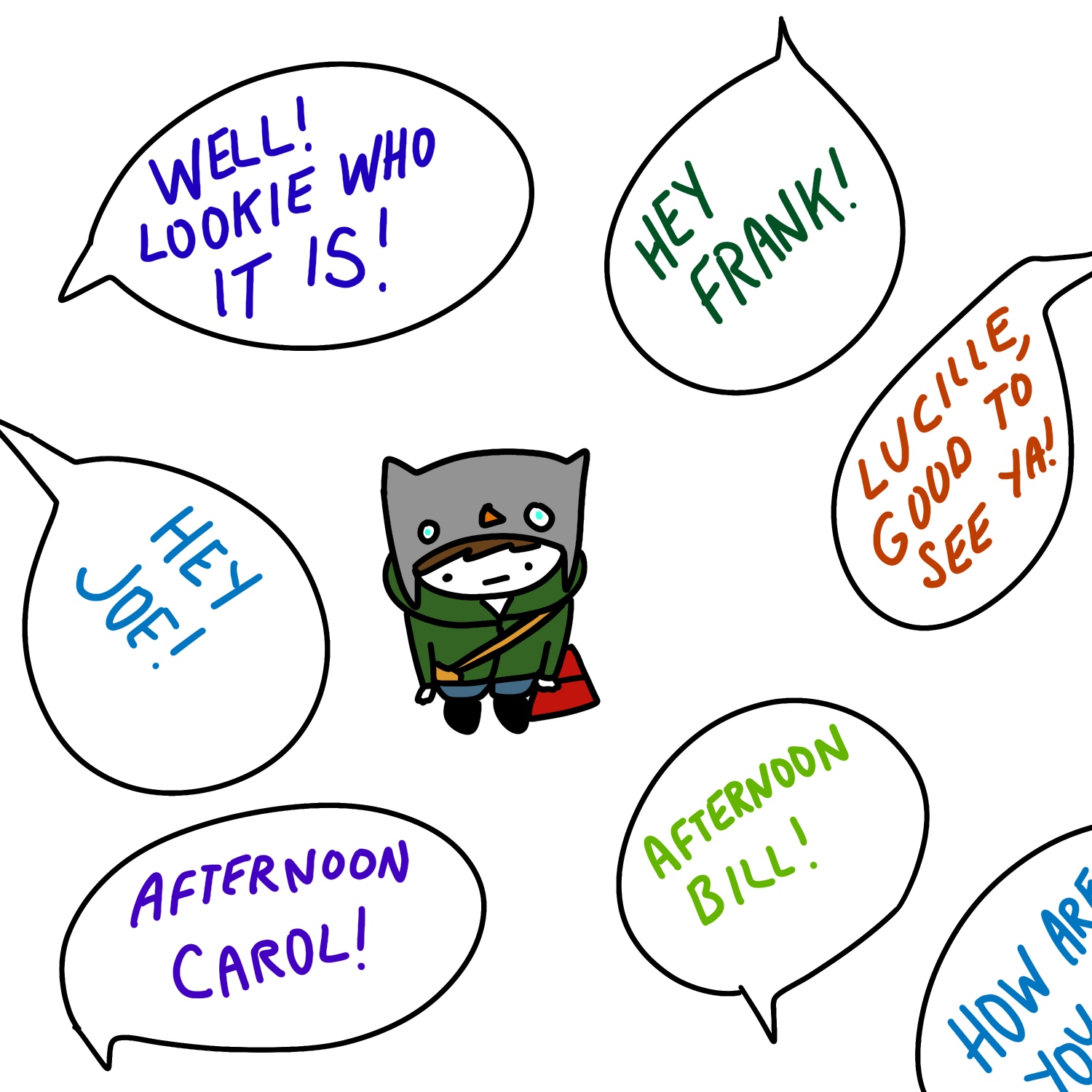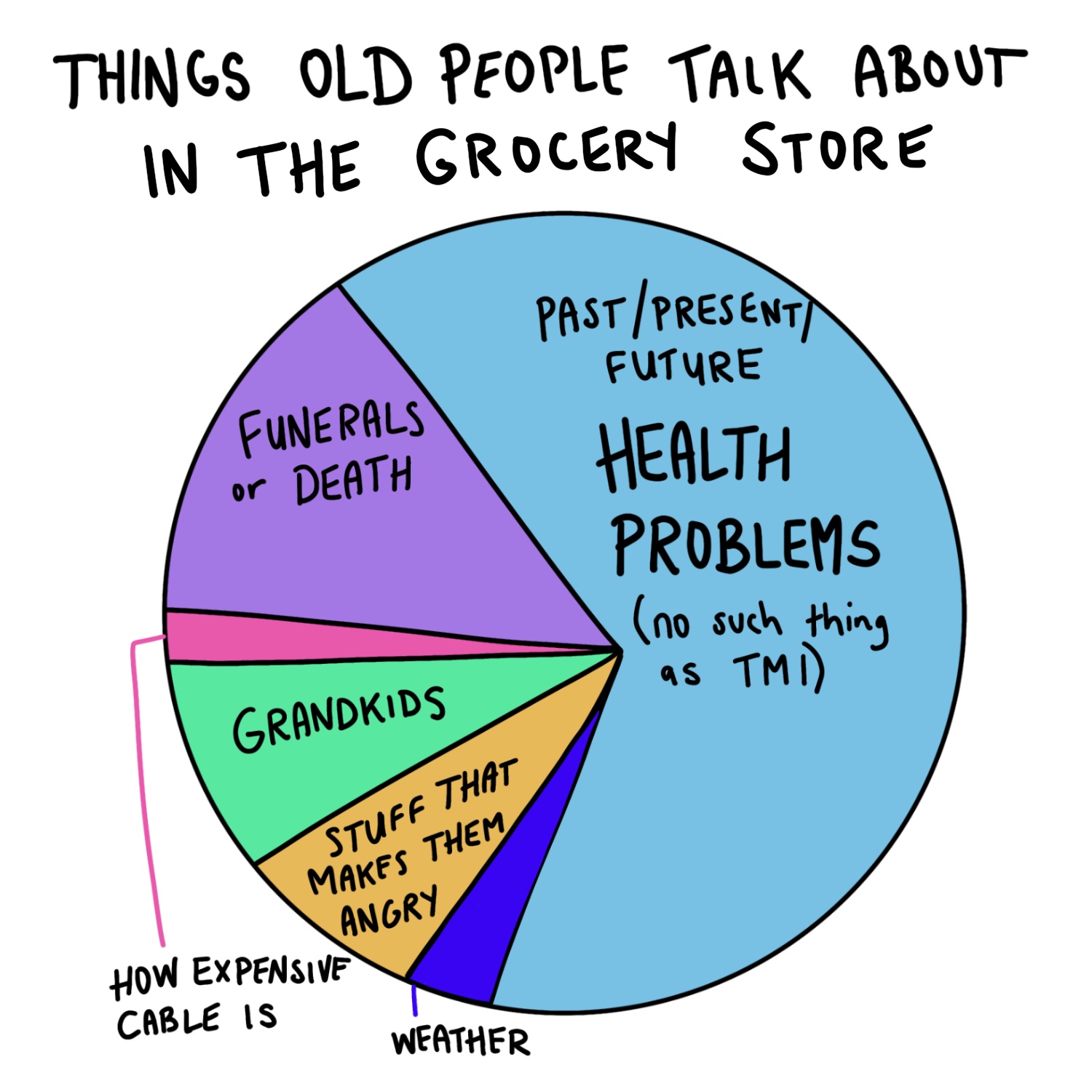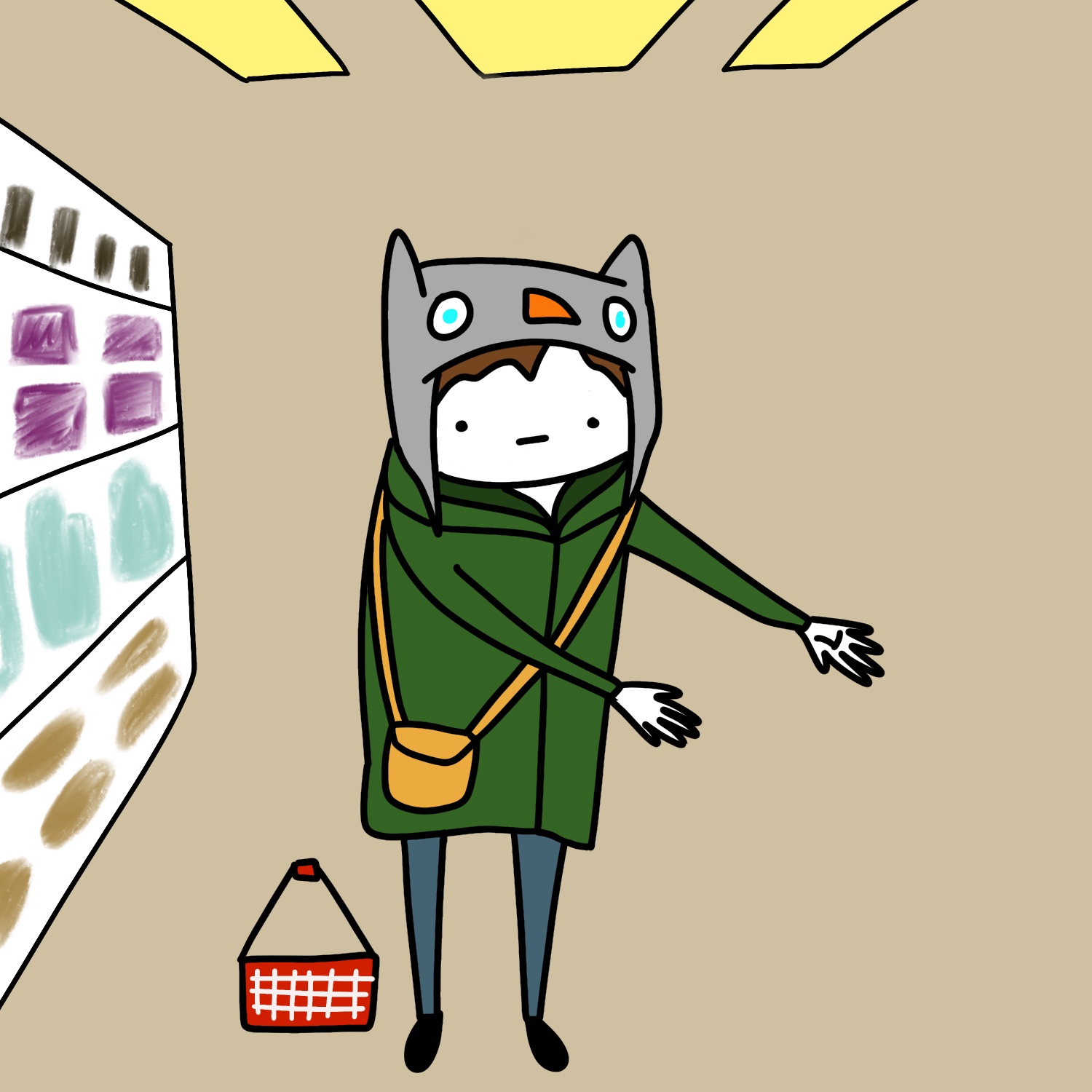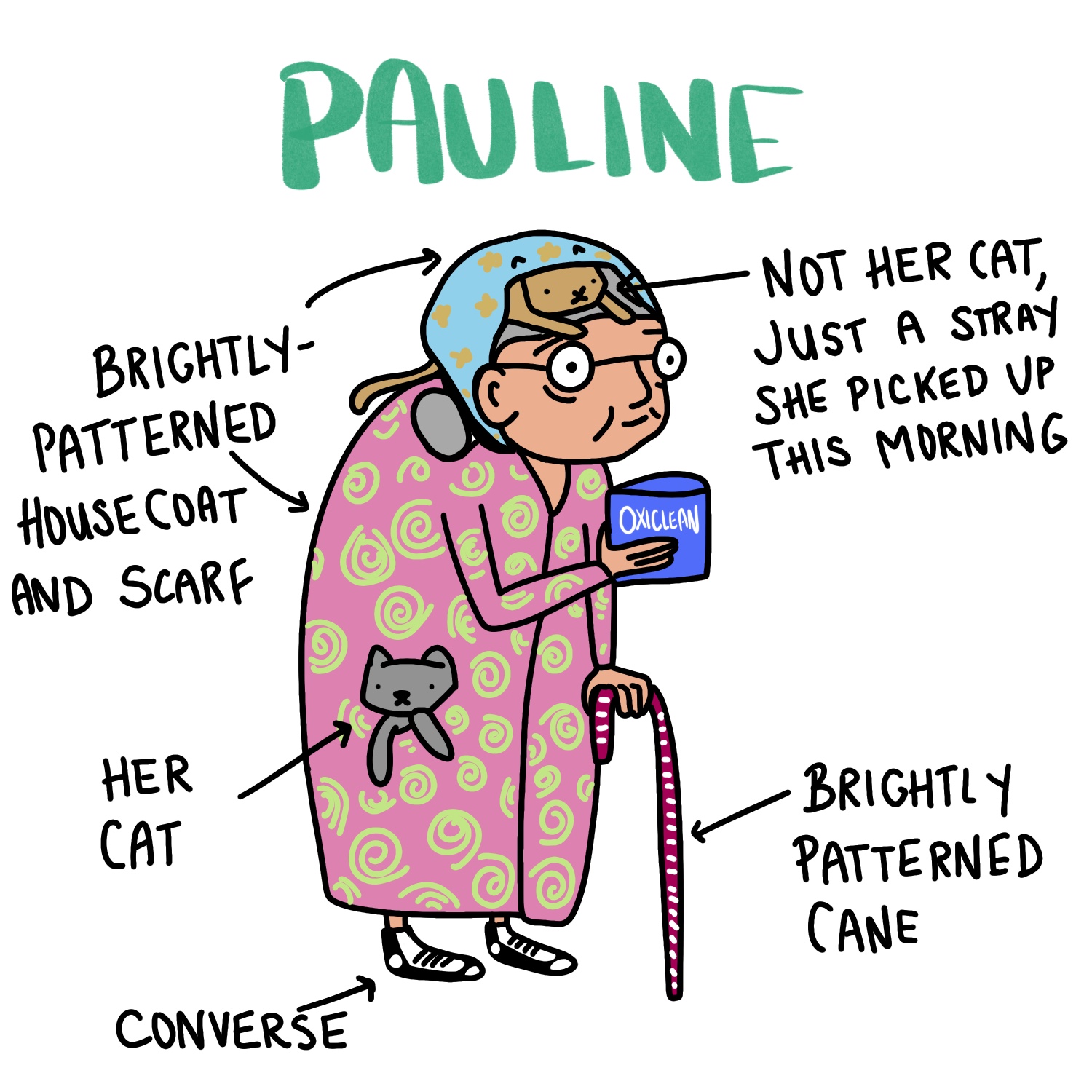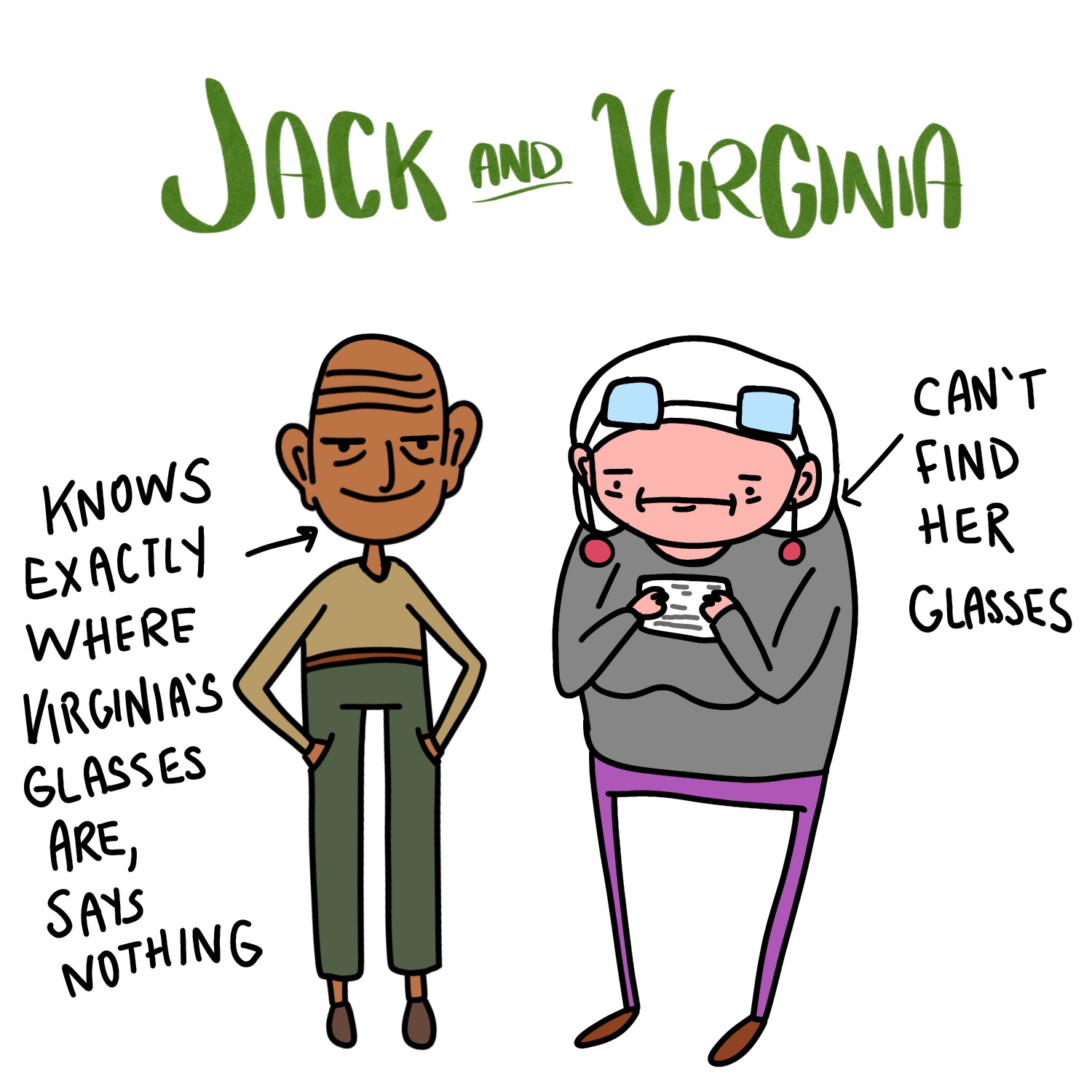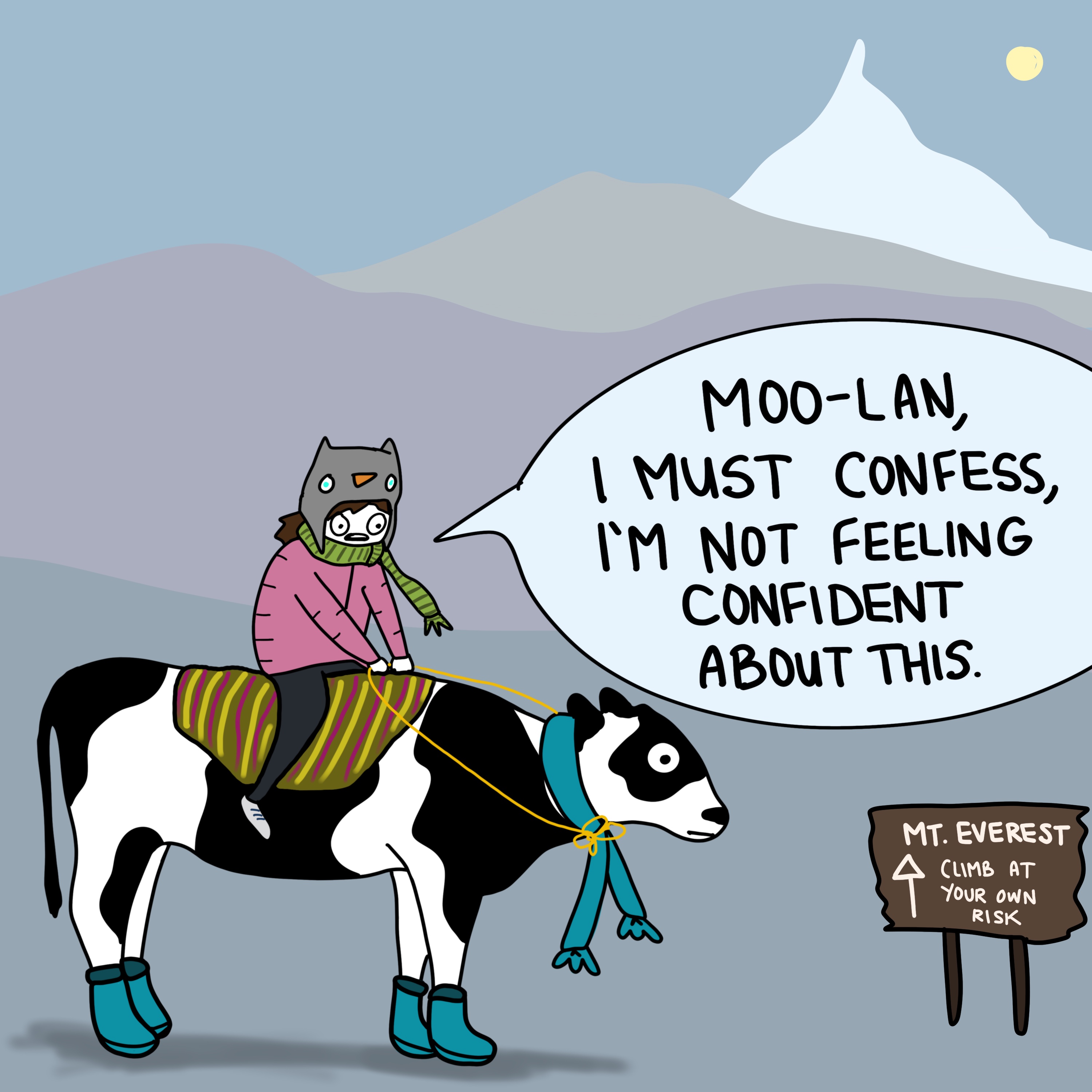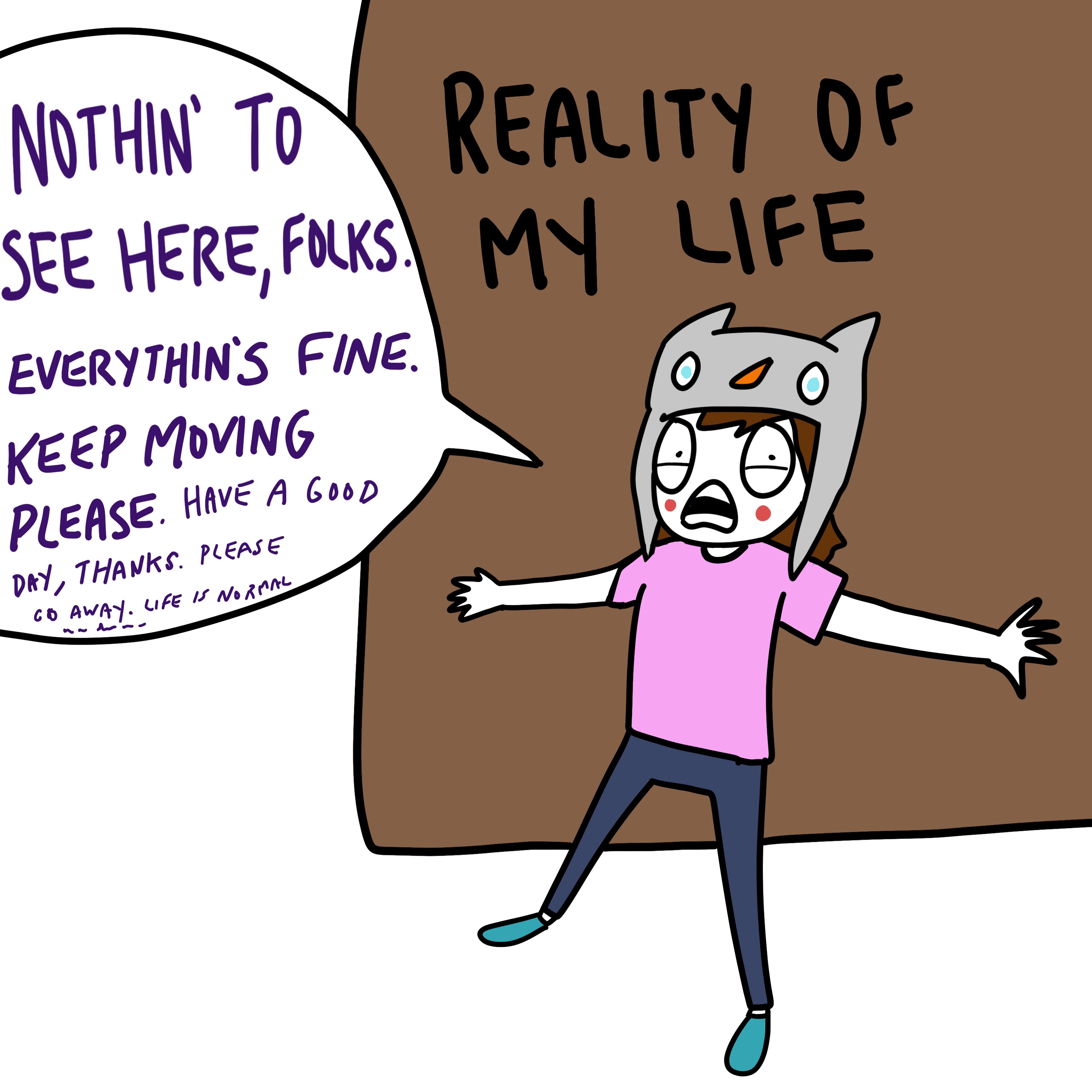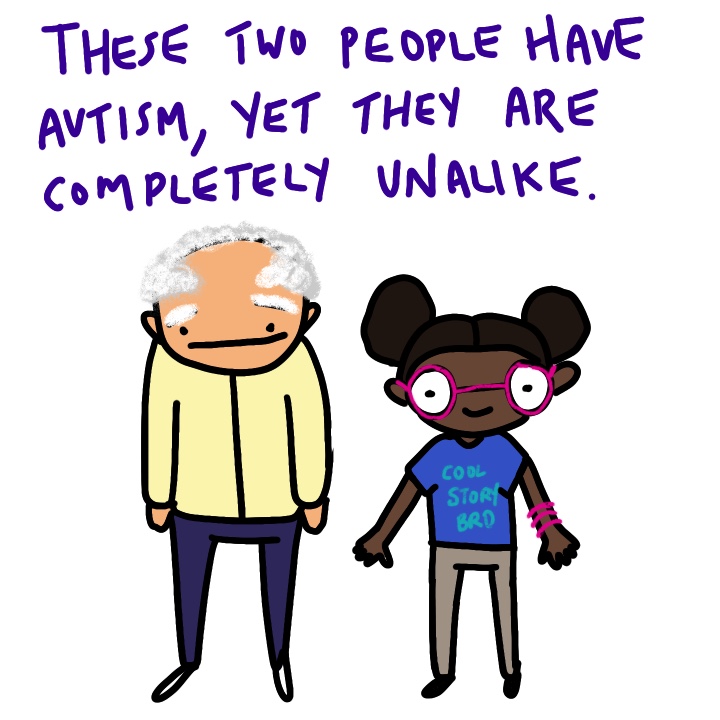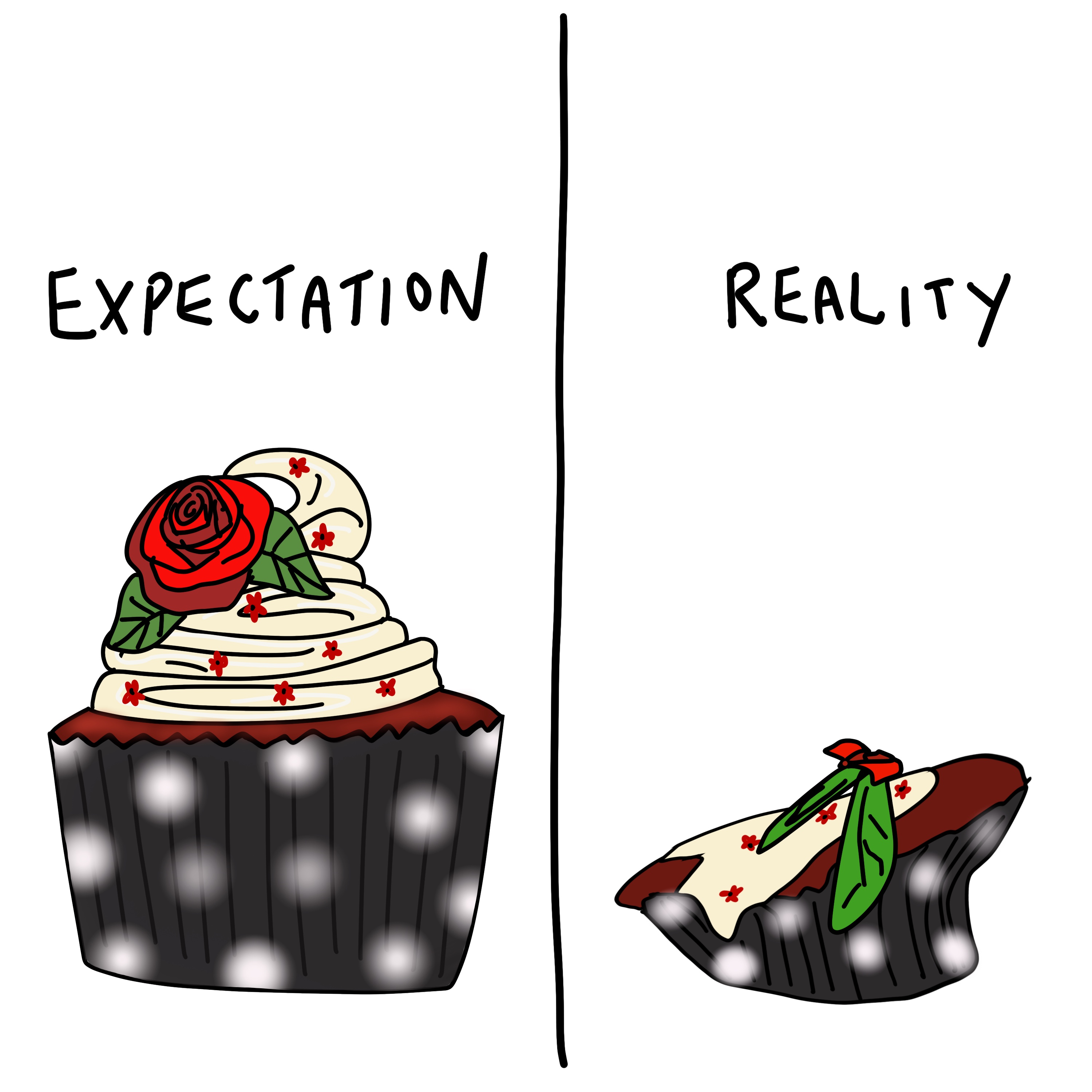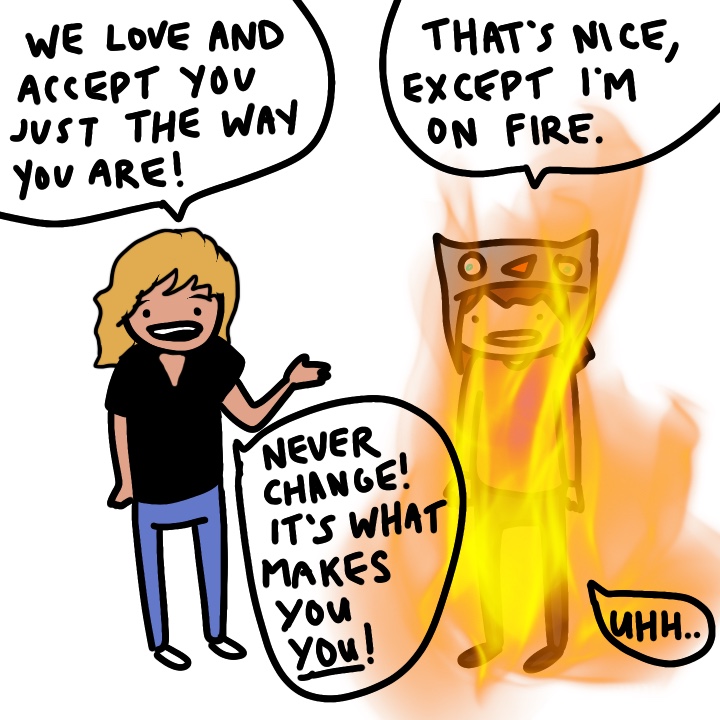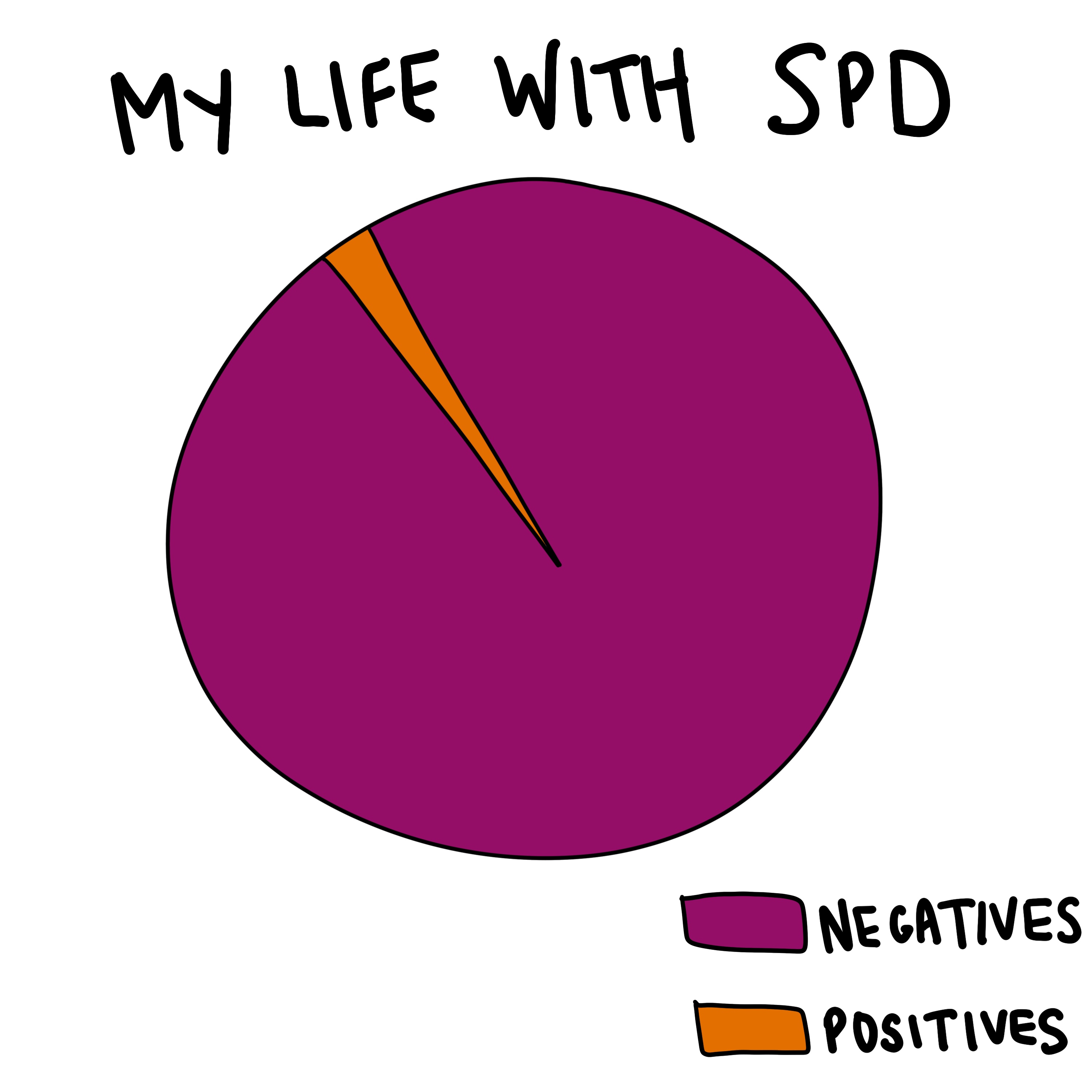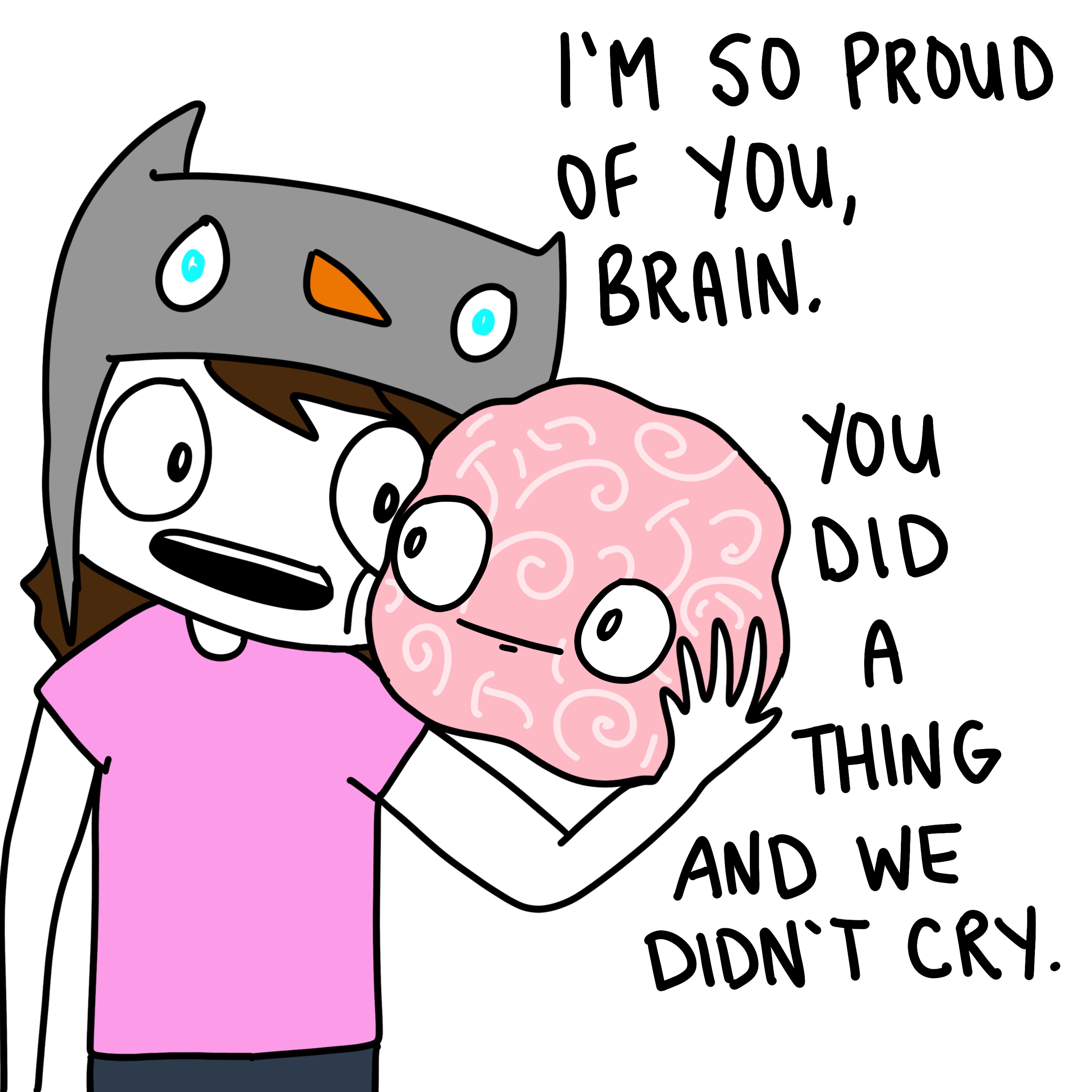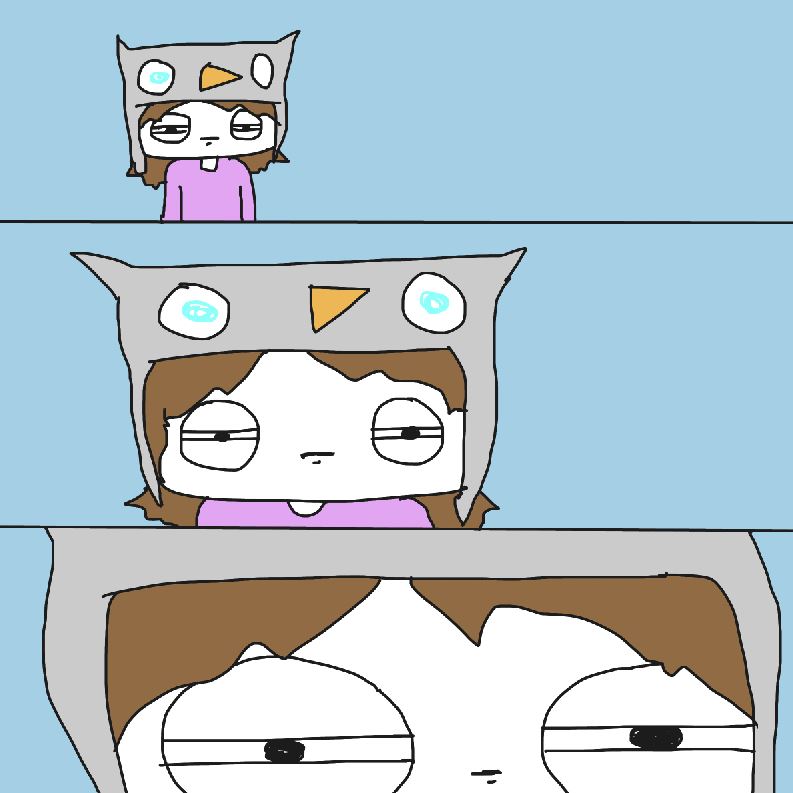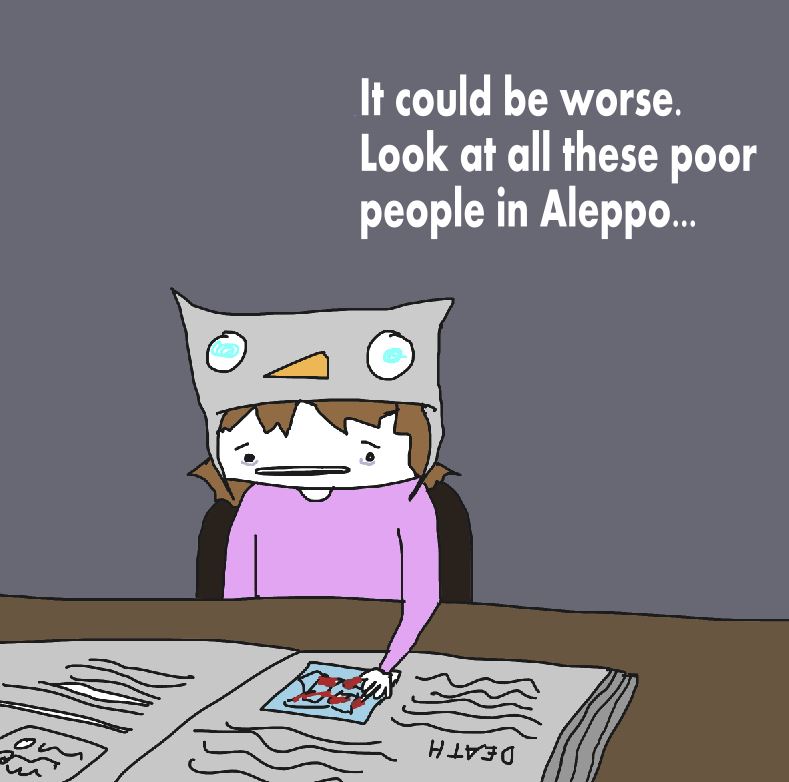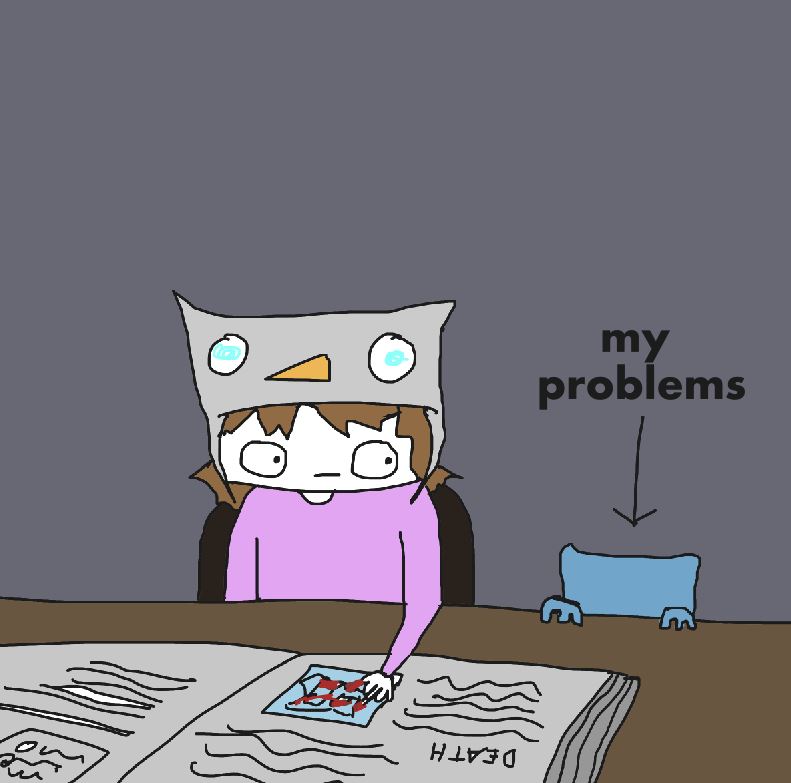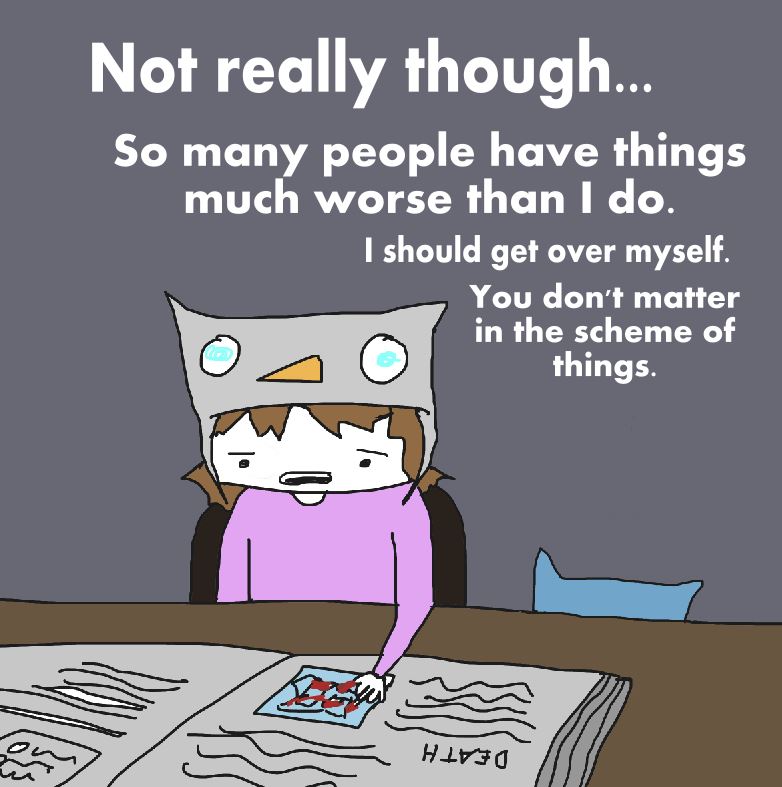Here’s a crappy story to set the stage: During my seemingly endless school years, I would become unusually distressed if any sort of intensely emotional situation occurred. If there was a lot of happiness, I would cry (but not in a good way). If a teacher was harshly scolding a student in class, I would become extremely upset (and probably cry). It felt as if I was being yelled at, even if I had nothing to do with the situation. Nobody else seemed bothered by these events, but I couldn’t shake it all day. This was because I was mostly unable to separate myself from emotionally heightened experiences. To this day I struggle with this problem, and it’s fiercely annoying and embarrassing.
I can walk into a room and absorb all the emotions and energies in that room, to the point of making me sick. Momsy used to jokingly call me “Spongebob” for my unfortunate emotional absorbency problem. “Snapping out of it” or growing thick skin seemed to work little for me. I resented myself deeply for it then, and sometimes I still do.
Loud, sudden noises made me cry, but why did silent, angry people make me cry too? Strangely, I could also appear stoic and distant during these situations. My intense meltdown-like reaction would eventually show up at a later, unfortunate time.
I only recently discovered that I was not alone in this empathy problem. Also, this special feature of mine was not something that could be attributed to Sensory Processing Disorder, rather, to my surprise, was a problem for many people with Asperger’s.
All this led me to the belief that people with autism actually feel the world too much. The outward behaviors are a reflection of the inability to process the emotional world. I came up with this theory back in 2010, then later I read about something similar in Temple Grandin’s book at the time, The Autistic Brain. Basically, Temple Grandin is a mind-reader because she literally stole the theory out of my head. I forgive you Temple, it’s ok. Mostly…
The question we face now is, what’s going on in our awesome but slightly wonky brains that so many people with autism seem to have both no empathy and too much empathy?
There is this consistent, and supremely annoying stereotype of people on the autistm spectrum in regards to their ability to feel empathy. The thing is, most people believe one of the defining traits of people on the spectrum is that they are not capable of experiencing empathy at all.
In a way, this is understandable when you think about the behaviors some autistic people show.
(Yes, I said “autistic people” as well as “people with autism” because we are all mature audiences and we can comprehend that a person who has autism is not defined by their autism, and they are, in fact, a separate person. If you are still bothered by this, then you may want to go to a different blog. Here on Eating Off Plastic, I know people with autism/autistic people don’t really care what language is used, they just want to be treated like a person. Rant over, let’s continue with the important stuff.)
If you were to google symptoms of autism right now, here is what google will show you:

This is a screenshot I took just now. Just underneath this text is a link to WebMD, which is “the most popular source of health information in the US.”
Yes, there are four – count ’em – FOUR bullets on this list. If you click the link, you get a much better, more expansive list of symptoms, but I’d say overall the short list is not only pitiful, but grossly inaccurate.

For any person who is mostly clueless about autism, this list would be a terrible thing for them to come across. If you discovered a manual for a DVD player made in 2002, but you owned a DVD player made in 2015, the manual would be terribly unhelpful. It’s the same sort of premise here.
Let’s review those bullet points:
The first and second ones I don’t have a problem with because those are genuine issues for many autistic people.
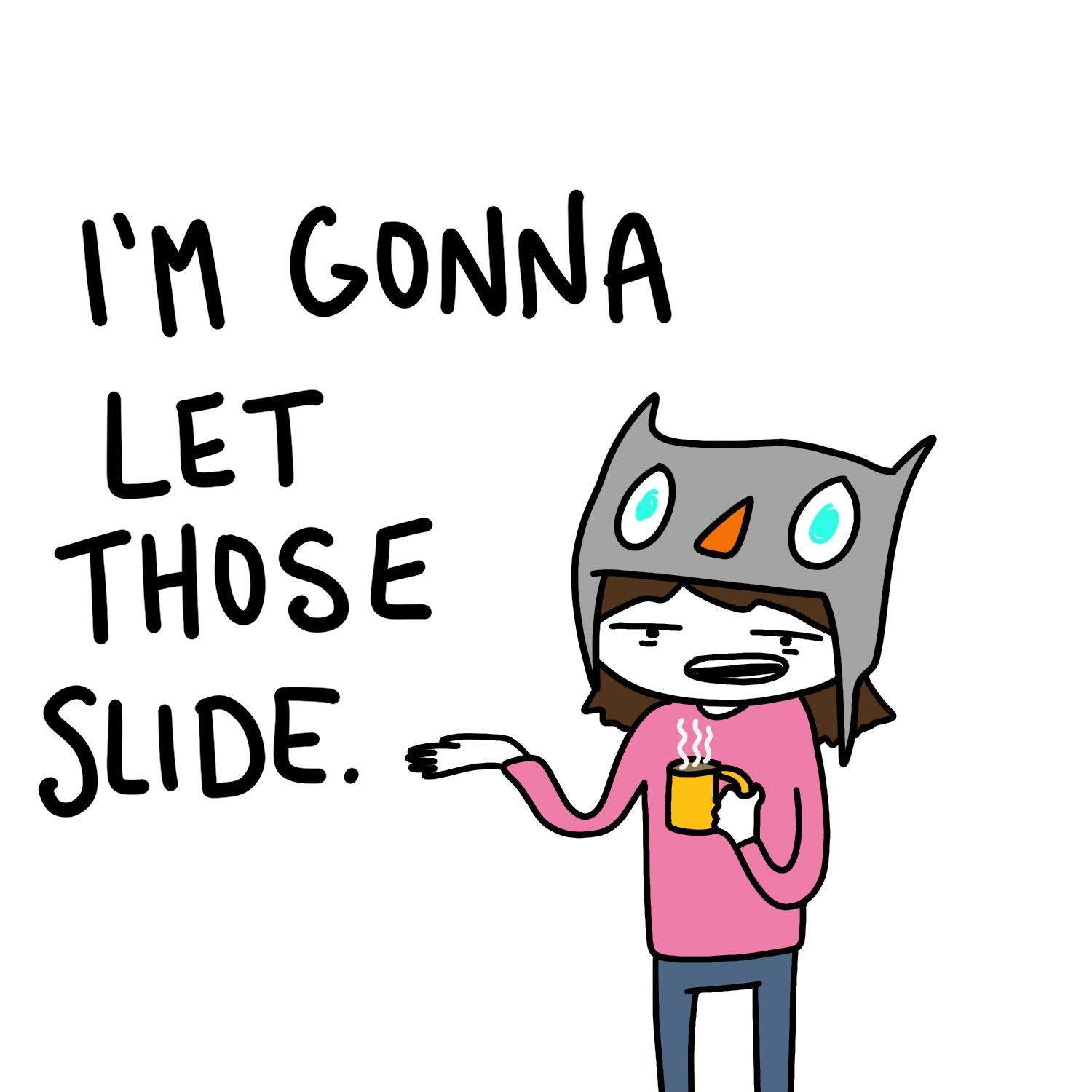
It’s with the third one where things starts to get iffy. Yes, it is true that people on the spectrum may struggle with “sharing enjoyment, interests, or achievements with other people” but what that whole thing is kinda saying is, “autistic people don’t give a foof about anyone else.” This third point makes it feel like they are pushing the “weird loners” stereotype, and that bothers me, even if it is sort of true or some.
Moving on to the fourth one, “lack of empathy,” is again pretty much saying, “autistic people don’t give a foof about anyone else.”

So, the question becomes: do people with autism experience empathy? The internet sure doesn’t think so. But I think the internet is wrong. Gasp! It’s time to be hit with a crap-load of facts.
The definition of empathy is: the ability to understand, share, and respond to the feelings of another.
VERY IMPORTANT POINT #1: Autistic people struggle to understand the feelings of other people; AKA take their perspective.
Right away you can see the problem here. The definition of empathy and point #1 contradict each other.
This ability to understand the perspective of another person is known as Theory of Mind. You may be familiar with the autism experiment of having children watch puppets playing with marbles. One puppet hides the marble then leaves. Another puppet comes on stage and moves the marble to a box. The children are then asked where they think the first puppet will look for the marble.
Children on the spectrum will often assume that even though the first puppet did not see the second puppet move the marble to the box, she will look in the box. These children don’t understand that people around them don’t share their knowledge of the situation.
Children off the spectrum will understand that the first puppet will not know that the marble was moved to the box, even though they know it was moved.
This ability to understand another person’s knowledge and perspective of the world is also known as Cognitive Empathy.
Cognitive Empathy often involves deliberate thinking and processing. When you try to see the world from someone else’s shoes, you have to make a conscious effort to do so.
People on the autism spectrum find Cognitive Empathy difficult, but not impossible. However, there is another kind of empathy….
VERY IMPORTANT POINT #2: Autistic people have too much Emotional Empathy.
The second kind of empathy is known as Emotional Empathy, which involves the ability to feel, sense, and respond to the emotions of others.
When you see someone who is upset, you might feel upset too. This is called having Emotional Empathy. Surprisingly, you may know of some neurotypical people who have more Cognitive Empathy than Emotional Empathy. The opposite seems to be true for people on the spectrum.
Emotional Empathy is primal, unconscious, and automatic. You don’t have much control over this type of empathy. Like how you can’t stop yourself from crying when you see Sarah Mclachlan on the dang tv with the orphaned animals? Yea. That’s normal, and happens because of E.E.
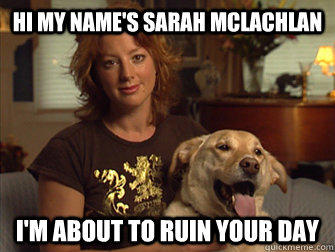
A person with autism may be overwhelmed with emotion upon seeing a loved one get married, but they may struggle to understand why exactly that happiness is occurring around them, or why they should be happy at all. But they feel happiness intensely.
Let’s stop associating the word “autism” with the word “apathy” and start understanding that people on the spectrum are diverse, complex, funny, thoughtful, affectionate, and a million more things.
When you interact with a person on the spectrum, do not doubt for a second that they care deeply about the world around them. The care so much that they are overstimulated, overwhelmed, and do not know how to respond appropriately. (This is especially true for my Aspie friends.) Because of this, they react with anxiety. Anxiety on the spectrum manifests itself through fidgeting, repetitive behavior, and no eye contact. It appears like the person is unfeeling, but in reality, their brain is doing whatever it can to withdraw from the situation because it is too intense.
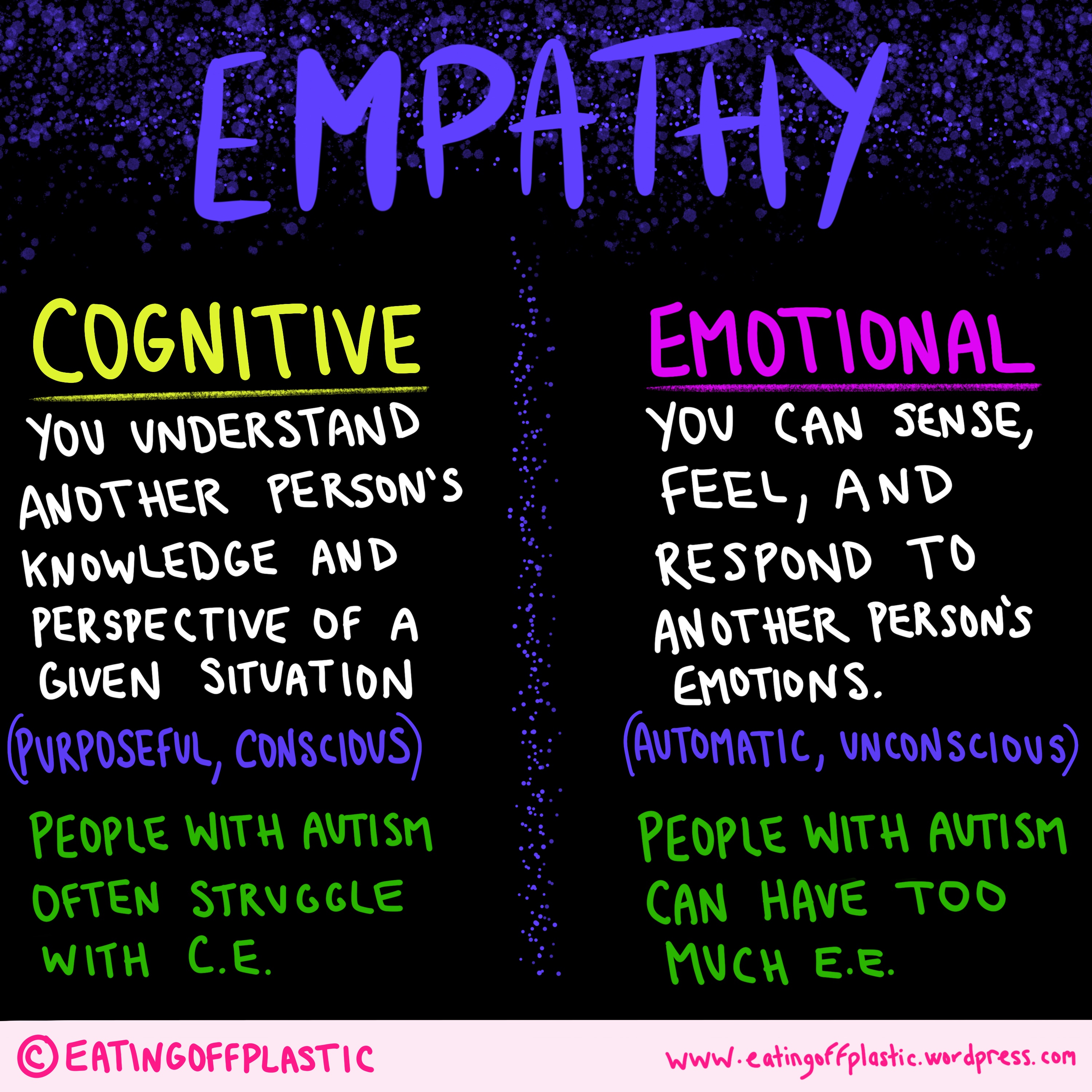
But wait, what about those fancy Mirror Neurons?
Ah yes, mirror neurons are these cool things in your brain that react when you witness someone performing the same action as yourself; aka mimicking behavior. It was believed that people on the spectrum had “broken mirror neurons” which would explain why they seem so incapable of sharing or mimicking emotion and expressions.
Thankfully, recent research has shown that this is not true. In fact, while autistic people are very much capable of mirroring expressions, the social hardships they face can probably be attributed to feeling overwhelmed by – you guessed it – emotions, so much so that they shutdown or that they – you guessed it again – do not understand why someone would feel the way they do, and are not motivated to share the social bond of facial expression mimicry. This backs the theory that the autistic brain is challenged by cognitive empathy but not emotional empathy.
Whew, that was a mouthful! I look like a chipmunk right now… (A cute one, though, for the record. Not that I’ve ever seen a non-cute chipmunk. I digress…)
Us highly sophisticated individuals with the advanced prefrontal cortices (that’s the plural form of cortex, just found that out tonight) need to make a brand spankin’ new concept of empathy on the spectrum. We can do so much better than that google search yielding four crappy bullet points. Autism does not and should not correlate with the image of an unfeeling robot who gives no foofs.

To start this movement, I’ve created this nifty graphic for us to spread around like jam on toast.

And that’s where I leave you, quirksters. Some stuff to think about on this fine day.
Please leave a comment below, or share the whole post or one of the graphics above.
xo kelly
Here are some of the references for the research I’ve mentioned in this blog post, for the curious:
https://digest.bps.org.uk/2016/07/25/no-autistic-people-do-not-have-a-broken-mirror-neuron-system-new-evidence/
https://www.thedailybeast.com/a-radical-new-autism-theory
https://www.scientificamerican.com/article/people-with-autism-can-read-emotions-feel-empathy1/
